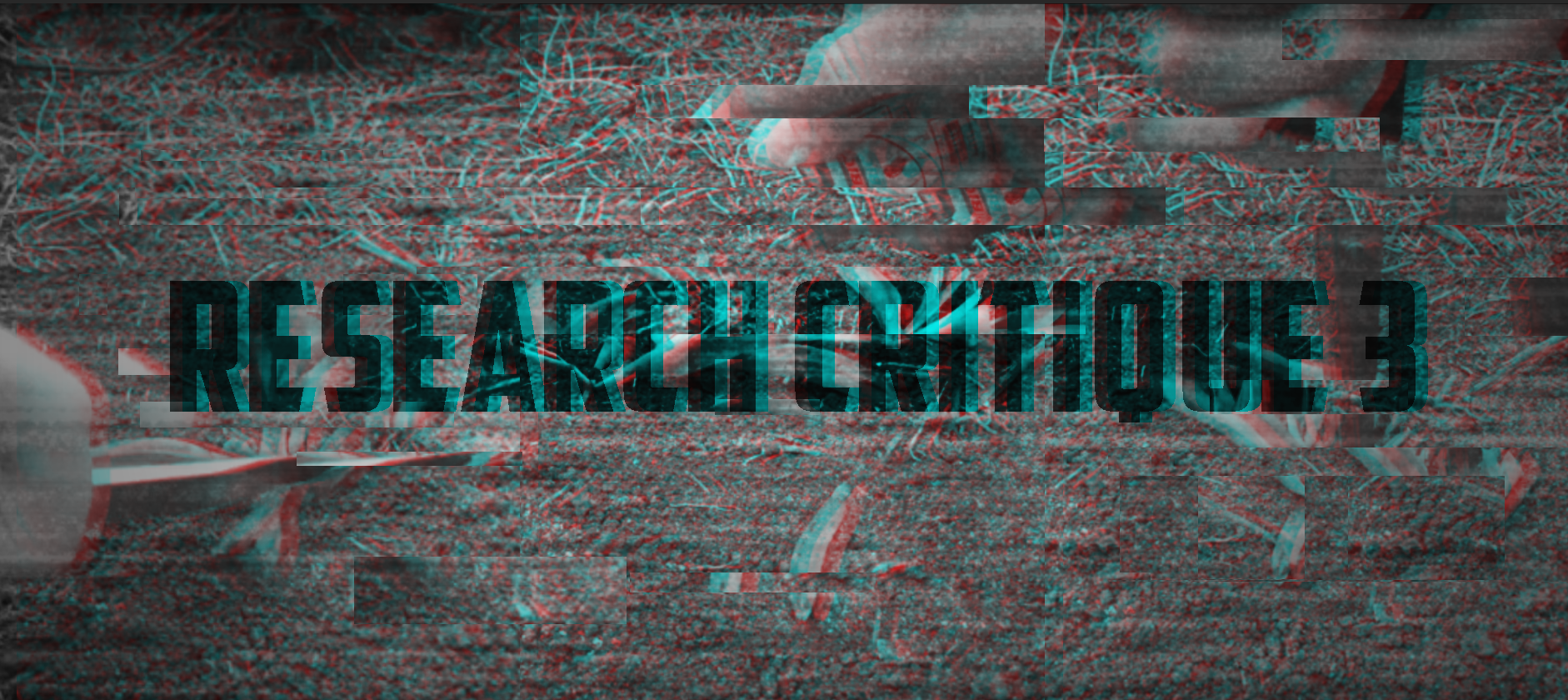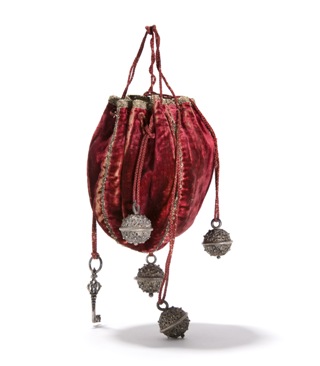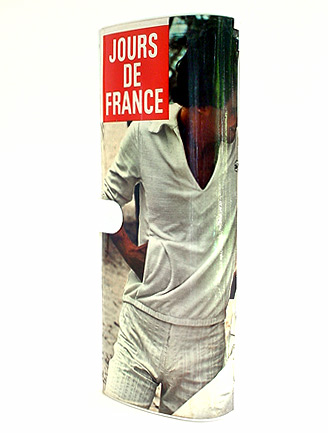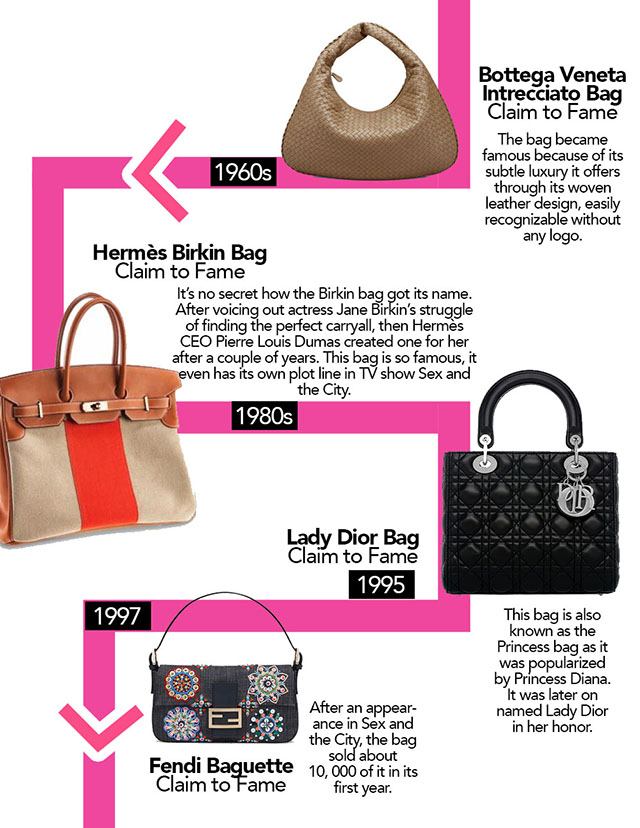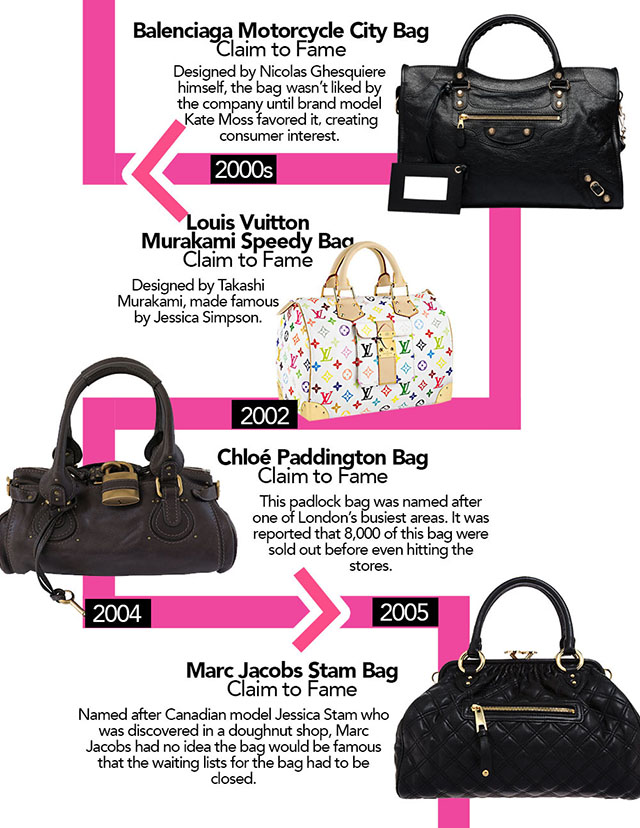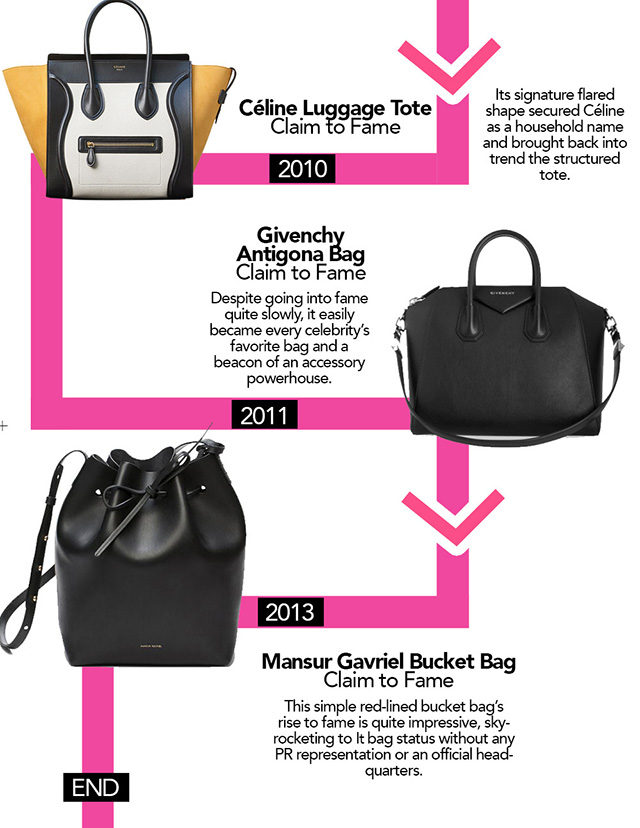Content
Hello! For my zine, I wanted to write about the first bookstore in Queenstown which is Long Wee Store. Currently Mdm Ker Ah Kin is managing the store alone as her husband has passed away.
Here are 2 different contents that I thought of, after talking to Mdm Ker Ah Kin:
I am going for the content that is from a first person’s perspective, which is Mdm Ker Ah Kin. Perviously, her late husband managed the store and Mdm Ker Ah Kin was there to help out. So my intention is to write something personal, from Mdm Ker Ah Kin to her late husband.
Look and feel
So perviously during my presentation, I mention that wanted to have my zine colours to be mainly red and blue as it was inspired by the Chinese design. However I felt that the colours does not suit the content. Hence I went back to Queenstown to observe more things, and here are my findings:
- I discovered that Queenstown Stadium has this pastel colour palette, which suits Mdm Ker Ah Kin’s personality as she is soft spoken and she always smiles and greet her customers.
- Patterns from all over Queenstown, which I thought can be break down to simple shapes.
Hence, with my findings above, I thought of using pastel colours to represent Mdm Ker and also uses shapes to create memphis design.
Below are my references for Zine. On the left are references on how I can uses memphis design in black and white images as I wanted to keep the image true to itself and I want my zine to have the nostalgic feel. On the right are references on how I can use colours and shapes to create the layout.
Experimental design






My next step is to take more pictures, as I asked Mdm Ker Ah Kin to bring some of her old photos. And also with the feedback given, I will try to prepare a few pages of mock up for consultation.
Thank you!






